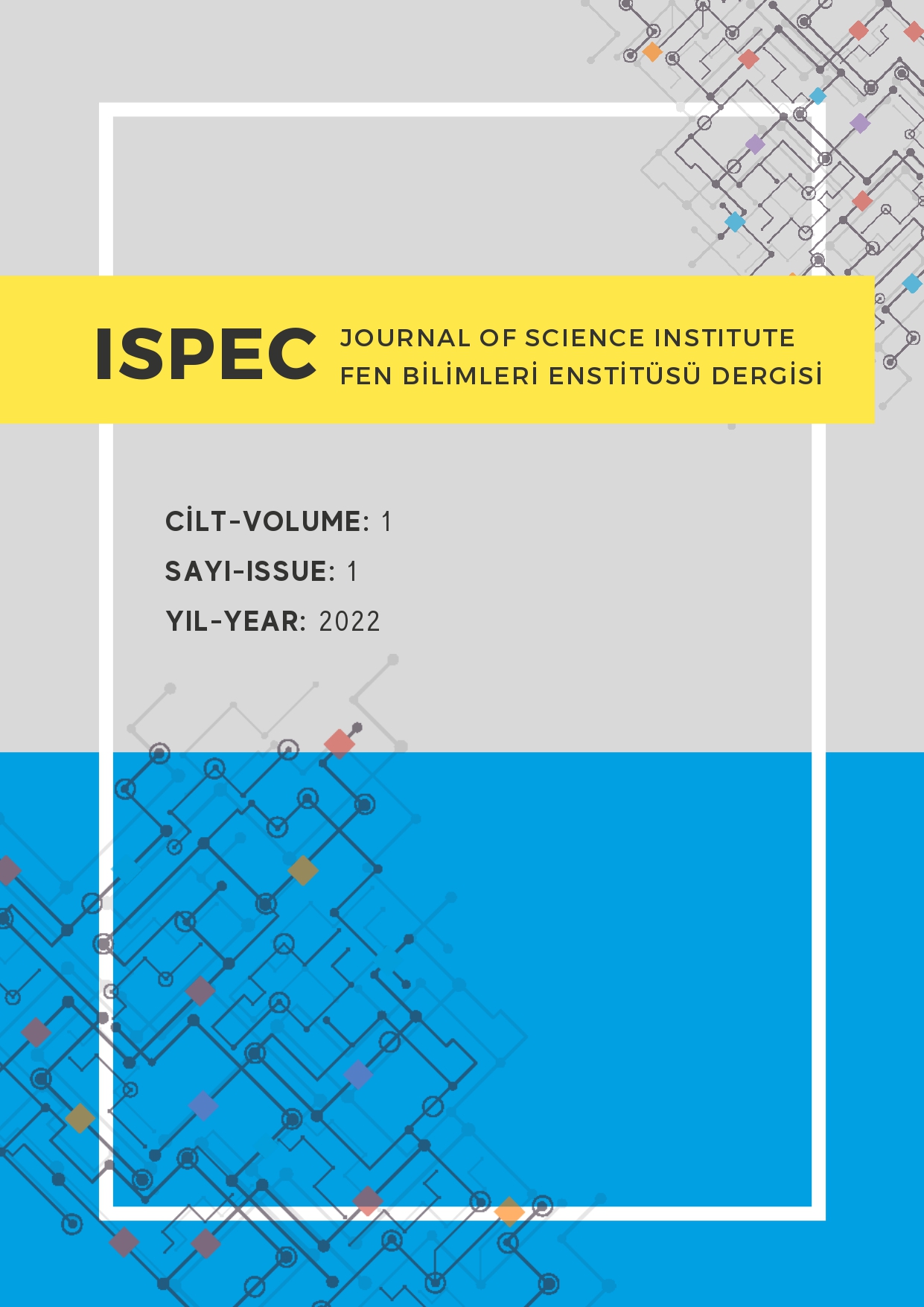Plant Tissue Culture Studies and Its Importance
DOI:
https://doi.org/10.5281/zenodo.8384217Keywords:
Tissue culture, callus, meristemAbstract
Plant tissue culture has an indispensable role in modern agriculture and plant breeding. This method is used in a wide range of applications, from the propagation of plants at the cellular level to genetic modifications. It is effectively used for the conservation of genetic diversity, development of disease resistant plants, increasing productivity and supporting sustainable agricultural practices. It is also of great importance in areas such as the conservation of endangered species and the facilitation of interbreed genetic transfer. It is of great importance to feed the increasing world population in the future and to create a sustainable agricultural structure against environmental challenges such as climate change. Plant tissue culture, which has great potential especially in increasing agricultural production and developing plants resistant to environmental conditions, can shape the future of agriculture by using genetic engineering and selection methods.
References
Arı, E., 2006. Türkiye’de doğal olarak yetişen Anemone coronaria var. coccinea’da anter kültürü çalışmaları. Doktora Tezi, Çukurova Üniversitesi Fen Bilimleri Enstitüsü, Adana.
Arı, E., Bedir, H., Yıldırım, S., Yıldırım, T., 2016. Androgenic responses of 64 ornamental pepper (Capsicum Annuum L.) genotypes to shed-microspore culture ın the autumn season. Turkish Journal of Biology, 40: 706-717.
Balı, E.A., Türkmen, O.S., Baytekin, G., Dardeniz, A., Şahin, E., 2020. Bazı üzüm çeşitlerinin doku kültürü yöntemiyle mikroçoğaltımı üzerine bir araştırma. Çomüljar, 1(2): 30-35.
Baydar, H., 2020. Bitki Genetiği ve Islahı (1. Baskı). Nobel Akademik Yayıncılık.
Bürün, B., 2021. Bitki biyoçeşitliliğinin korunmasında biyoteknolojinin kullanımı ve Türkiye'deki çalışmalar. Eskişehir Technical University Journal of Science and Technology C- Life Sciences and Biotechnology, 3(2): 1-16.
Bürün, B., Gürel, A., 2002. Embriyo Kültürü. Bitki Biyoteknolojisi I Doku Kültür ve Uygulamaları (2. Baskı). Selçuk Üniversitesi Vakfı Yayınları.
Bürün, B., Türkoğlu, G., 1996. Meristem ve sürgün ucu kültürü uygulamaları. Yüzüncü Yıl Üniversitesi Ziraat Fakültesi Dergisi, 6(3): 169-187.
Çetin, B., Kalyoncu, F., Özen, T.E., 2018. Antimicrobial potential of taraxacum officinale F.H. wigg clonally propagated via organogenesis. International Journal of Green and Herbal Chemistry, 7(2): 224-230.
Dinçer, D., Bekçi, B., Bekiryazıcı, F., 2016. Türkiye’deki doğal bitki türlerinin üretiminde doku kültürü tekniklerinin kullanımı. Nevşehir Bilim ve Teknoloji Dergisi, 5: 295–295.
Ercan, N., Boyacı, F.Y., Biner, B., 1997. Anter kültürü yoluyla haploid bitki eldesi. Akdeniz Üniversitesi Ziraat Fakültesi Dergisi, 10: 374-380.
Erdemel, B.H., Aygün, A., 2016. Bazı Prunus spp türlerinin tohumlarından kallus kültürlerinin oluşturulması. Akademik Ziraat Dergisi, 5(1): 9-12.
Erkoyuncu, M.T., 2013. Bazı arpa genotiplerinde doku kültürü uygulamaları ile haploid bitki üretiminin ve embriyo kültürünün araştırılması. Yüksek Lisans Tezi, Selçuk üniversitesi Fen Bilimleri Enstitüsü, Konya.
Erkoyuncu, M.T., Yorgancılar, M., 2016. Bitki doku kültürü yöntemleri ile sekonder metabolitlerin üretimi. Selçuk Tarım Bilimleri Dergisi, 2(1): 66-76.
Gonzalo, M.J., Claveria, E., Monforte, A.J., Dolcet-Sanjuan, R., 2011. Parthenogenic haploids in melon: generation and molecular characterization of a doubled haploid line population. Journal of the American Society for Horticultural Science, 136(2): 145–154.
Górecka, K., Krzyzanowska, D., Kiszczak, W., Kowalska, U., 2009. Plant regeneration from carrot (Daucus carota L.) anther culture derived embryos. Acta Physiologiae Plantarum, 31(6): 1139– 1145.
Górecka, K., Krzyzanowska, D., Górecki, R., 2005. The influence of several factors on the efficiency of androgenesis in carrot. Journal of Applied Genetics, 46(3): 265–269.
Güçlü, F., Koyuncu, F., Bekir, Ş.A.N., 2010. Bazı klon kiraz anaçlarının doku kültürü yöntemiyle çoğaltılması. Süleyman Demirel Üniversitesi Fen Bilimleri Enstitüsü Dergisi, 14(2): 144-147.
Güven, A., Gürsul, I., 2014. Bı̇tkı̇ doku kültürlerı̇nde sekonder metabolı̇t sentezı̇, The Journal of Food, 39(5): 299-306.
Haberlandt, G.J.F., 1902. Culturversuehe mit isolierten pflanzenzellen. Sitzungsberichte der Akademie der Wissenschaften mathematisc-hnaturwissenschaftliche Klasse, 111: 69-91.
Hackett, W.P., 1985. Juvenility, maturation and rejuvenation in woody plants. Horticultural Review, 7: 109- 155.
Hassawi, D.S., Qrunfleh, I., Dradkah, N., 2005. Production of doubled haploids from some Jordanian wheat cultivars via anther culture technique. Journal of Food Agriculture and Environment, 3(1): 161-164.
Kiszczak, W., Kowalska, U., Kapuścińska, A., Burian, M., Górecka, K., 2017. Comparison of methods for obtaining doubled haploids of carrot. Acta Societatis Botanicorum Poloniae, 86(2): 1–10.
Kiszczak, W., Kowalska, U., Kapuścińska, A., Burian, M., Górecka, K., 2015. Effect of low temperature on in vitro androgenesis of carrot (Daucus carota L.). In Vitro Cellular and Developmental Biology Plant, 51(2): 135–142.
Kiszczak, W., Kowalskaa, U.M., Burianb, M., Górecka, K., 2018. Induced androgenesis as a biotechnology method for obtaining DH plants in Daucus carota L. The Journal of Horticultural Science and Biotechnology, 6(93): 625–633.
Manjunathagowda, D.C.J., Gopal Archana, R., Asiya, K.R., 2017. Virus-Free Seed Production of Garlic (Allium sativum L.): Status and Prospects. International Journal of Current Microbiology and Applied Sciences, 6(6): 2446-2456.
Mishra, V.K., Goswami, R., 2014. Haploid Production in Higher Plant. International Journal of Biological and Chemical Sciences, 1: 26-45.
Nome, S.F., Abril, A., Racca, R., 1981. Obtaining virus-free garlic (Allium sativum L.) plants by apical meristem culture. Phyton, 41(1/2): 139-151.
Osman, F., Golino, D., Hodzic, E., Rowhani, A., 2018. Virus distribution and seasonal changes of Grapevine leafroll-associated viruses. American Journal of Enology and Viticulture, 69: 70–76.
Ramachandra, R., Ravishankar, G.A., 2002. Plant cell cultures: chemical factories of secondary metabolites. Biotechnology Advances, 2: 101-153.
Singh, J., Kumar, A., 2020. Plant tissue culture and ıts application in agriculture as biotechnological tool. International Journal of Current Microbiology and Applied Sciences, Special Issue(11): 274-284.
Singh, J., Kumar, A., 2020. Plant tissue culture and ıts application in agriculture as biotechnological tool. International Journal of Current Microbiology and Applied Sciences, Special Issue(11): 274-284.
Uysal, H., Seyis, F., Kurt, O., 2006. Tarla bitkilerinde melezleme bariyerlerinin aşılmasında alternatif yöntem: embriyo kültürü. Ondokuz Mayıs Üniversitesi Ziraat Fakültesi Dergisi, 2(1): 116-122.
Üçler, A.Ö., 1994. Titrek Kavak (Populus tremula L.) ve Kafkas Ihlamuru (Tilia rubra DC.)’nun doku kültürü teknikleri ile üretilmesi. Doktora Tezi, Karadeniz Teknik Üniversitesi, Fen Bilimleri Enstitüsü, Trabzon.
Yeung, E.C., Thorpe, T.A., Jensen, C.J., 1981. In vitro fertilization and embryo culture. In: T.A. Thorpe (Ed.), Plant Tissue Culture Methods And Applications in Agriculture, Academic Press, pp. 253-271.
Downloads
Published
How to Cite
Issue
Section
License
Copyright (c) 2022 ISPEC JOURNAL OF SCIENCE INSTITUTE

This work is licensed under a Creative Commons Attribution 4.0 International License.



